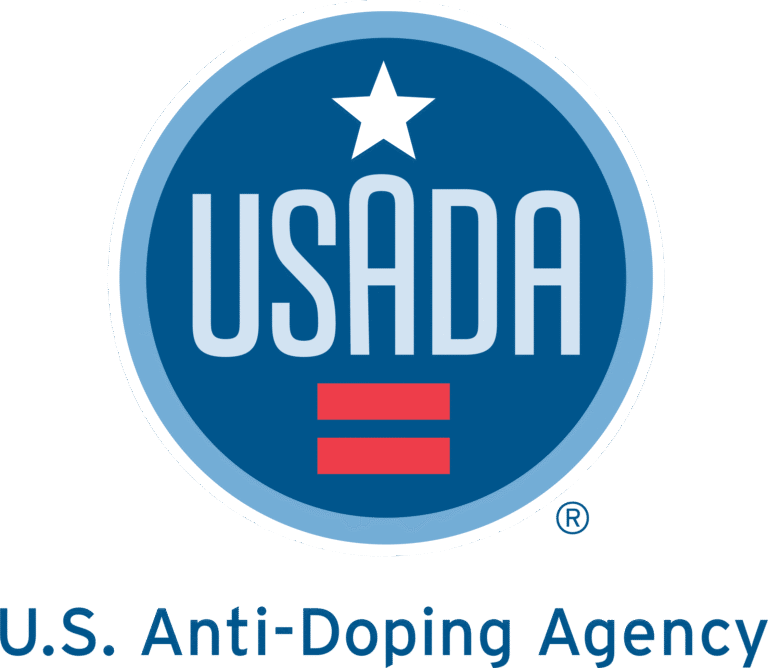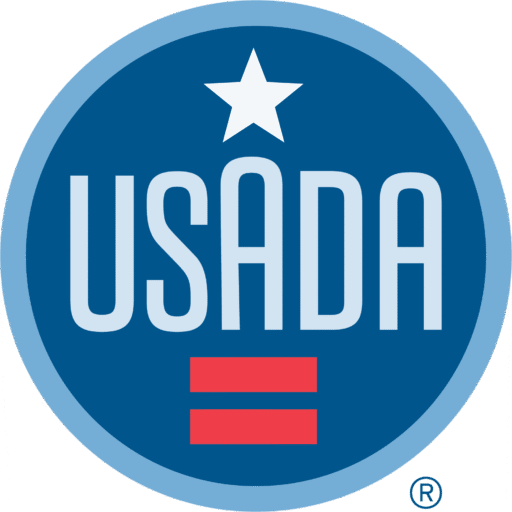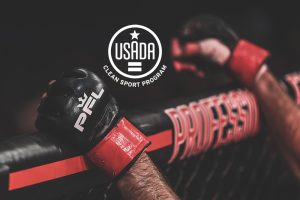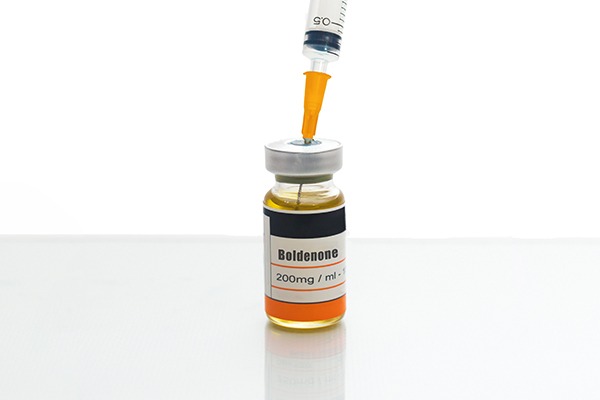 Boldenone is an anabolic androgenic steroid and synthetic derivative of testosterone that was originally developed for veterinary use but has since become one of the more common performance-enhancing drugs that athletes test positive for in sport.
Boldenone is an anabolic androgenic steroid and synthetic derivative of testosterone that was originally developed for veterinary use but has since become one of the more common performance-enhancing drugs that athletes test positive for in sport.
With a chemical structure that’s nearly identical to testosterone, boldenone can stimulate protein synthesis and the release of erythropoietin in the kidneys. Athletes sometimes use boldenone, which may be sold on the black market, to increase muscle mass and strength. Along with being prohibited in sport, athletes should be aware of the many health and safety issues surrounding boldenone.
What is boldenone used for?
There is no therapeutic or medical use for boldenone in humans. More specifically, it is not approved by the Food and Drug Administration (FDA) for use in humans for any reason.
In addition to being illegally sold and used for human performance enhancement, boldenone is used illegally in racehorses to enhance performance, despite being banned for use in horses competing in Olympic and Paralympic events. On an international and agricultural level, boldenone is also largely illegal for use as a growth promotor in farm animals, and most countries have surveillance programs that test for boldenone in animals raised for food production.
What are the health risks of boldenone?
Boldenone causes decreased testosterone production in men. In animal studies, boldenone has led to significant harm to the reproductive system and fertility of males, including decreased size of the testes, lower sperm count, and lower sperm mobility. In addition, boldenone is classified as a probable human carcinogen by the International Agency for Research on Cancer.
Is boldenone prohibited in sport?
Yes, boldenone is prohibited at all times for all athletes, including elite, recreational, Masters, and junior level athletes. Boldenone is classified on the World Anti-Doping Agency (WADA) Prohibited List as a prohibited substance in the S1. Anabolic Agents category.
As boldenone may also occur naturally at very low concentrations in the urine, WADA-accredited laboratories apply a specific analysis procedure called carbon isotope ratio mass spectrometry, or GC/C/IRMS, to differentiate between external administration and internal production. In 2018, there were 87 cases involving positive tests for boldenone, which represents 6 percent of all positives for anabolic agents globally in WADA-accredited laboratories.
Is boldenone in dietary supplements?
Products intentionally adulterated with high amounts of ‘classic’ anabolic steroids, including boldione (a precursor to boldenone), metandienone, stanozolol, dehydrochloromethyltestosterone, oxandrolone, etc., have been found in the nutritional supplement market. Moreover, these anabolic steroids may not be declared on the product labels. USADA offers guidance on Supplement Connect on how to reduce the risk of using contaminated or spiked supplements.
Can I get a Therapeutic Use Exemption (TUE) for boldenone?
No, athletes cannot get TUEs for boldenone because it is not a legitimate therapeutic agent for any human illnesses or diseases.
More questions?
For questions about specific products, substances, and methods, contact USADA’s Drug Reference Line at drugreference@usada.org or call (719) 785-2000, option 2.
References:
Gómez C, Pozo OJ, Geyer H, et al. New potential markers for the detection of boldenone misuse. J Steroid Biochem Mol Biol. 2012;132(3-5):239–246. doi:10.1016/j.jsbmb.2012.05.010
Geyer H, Parr MK, Koehler K, Mareck U, Schänzer W, Thevis M. Nutritional supplements cross-contaminated and faked with doping substances. J Mass Spectrom. 2008;43(7):892–902. doi:10.1002/jms.1452
WADA Testing Figure Report 2018. Accessed March 2020.
https://www.wada-ama.org/sites/default/files/resources/files/2018_testing_figures_report.pdf
Drugbank. Accessed March 2020. https://www.drugbank.ca/drugs/DB01541
